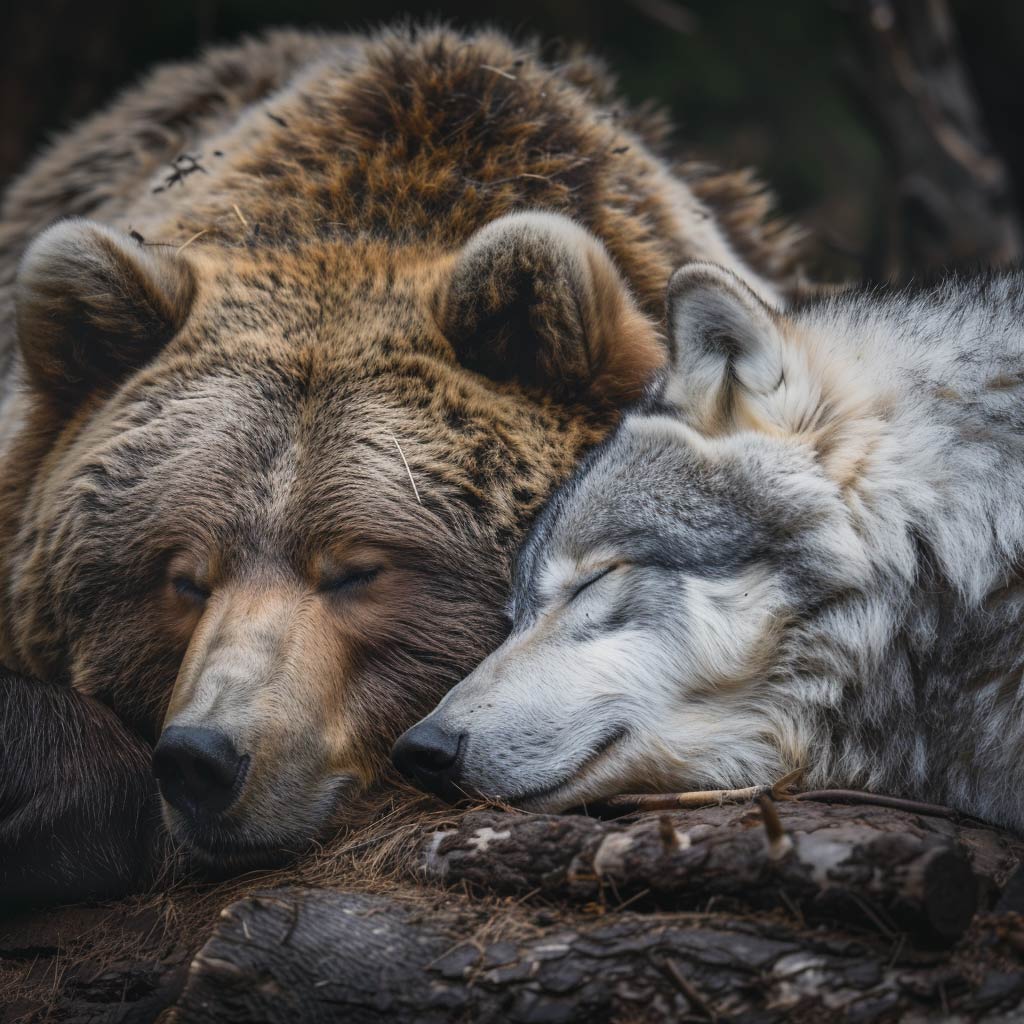Are you intrigued by the idea of napping but uncertain about its nuances? Dive into this detailed exploration to uncover the science behind napping, the optimal nap duration, various nap types, and practical tips for maximizing the benefits of your midday siesta.
The Science Behind Naps: Understanding the Basics
Napping, a brief period of sleep taken during the day, is a natural response to fatigue and serves as a means of replenishing energy levels. Unlike the multi-stage sleep cycles experienced during nighttime rest, naps typically involve lighter stages of sleep, allowing for quicker awakening and minimal disruption to overall sleep patterns.
Understanding the four sleep stages:
1. N1 (Stage 1): This initial stage marks the transition from wakefulness to sleep and is characterised by light sleep.
2. N2 (Stage 2): In this stage, the body experiences further relaxation, with decreased heart rate and body temperature.
3. Deep or Slow-wave Sleep (Stages 3-4): Also known as delta sleep, this stage is characterised by the slowest brain waves and profound physical relaxation.
4. REM (Rapid Eye Movement) Sleep: During REM sleep, the brain becomes more active, and vivid dreaming occurs. Muscle paralysis prevents physical movement during this stage.
Deciphering Nap Duration: Finding Your Perfect Nap Length
Determining the ideal nap duration is crucial for achieving maximum refreshment without experiencing post-nap grogginess. Short power naps lasting around 20 minutes are ideal for boosting alertness and mood without delving into deeper sleep stages. Longer naps of approximately 90 minutes encompass a full sleep cycle, potentially enhancing memory and cognitive function. However, naps exceeding 30 minutes risk entering deep sleep stages, leading to sleep inertia upon waking.
Exploring Nap Types: From Recovery to Coffee Naps
Beyond duration, the type of nap chosen can further tailor the nap experience to specific needs and goals. Recovery naps, lasting 90 minutes, are designed to compensate for lost sleep, while prophylactic naps prepare individuals for anticipated sleep deprivation. Specialty naps, such as coffee naps, strategically combine caffeine consumption with a brief snooze to maximize alertness upon awakening.
Navigating the Benefits and Drawbacks of Napping
Napping offers a multitude of benefits, including relaxation, mood improvement, and enhanced cognitive function. However, excessive napping or napping too close to bedtime can lead to post-nap grogginess and disturbances in nighttime sleep patterns. Recognizing the potential drawbacks of napping allows for a balanced approach to incorporating naps into one's daily routine.
Optimising Nap Timing and Environment
Selecting the optimal time and environment for napping is essential for maximizing its effectiveness. Early afternoon naps, typically between 2:00 and 3:00 p.m., align with the body's natural circadian rhythms, promoting enhanced alertness upon awakening. Creating a conducive nap environment characterized by darkness, quietness, and cool temperatures further enhances the quality of rest.
Embracing the Nap Ritual: Tips for Success
To ensure a successful nap experience, consider implementing pre-nap rituals such as meditation or light stretching to promote relaxation. Setting an alarm to prevent oversleeping and adhering to a consistent nap schedule can help regulate sleep patterns and optimize nap benefits.
Conclusion: Embracing the Art of Napping
In conclusion, napping is a valuable tool for enhancing overall well-being and productivity when approached mindfully. By understanding the science behind napping, experimenting with different nap durations and types, and prioritizing optimal timing and environment, individuals can unlock the transformative power of the perfect siesta. Whether you're a seasoned nap enthusiast or a curious newcomer, embrace the art of napping and awaken refreshed to seize the day.
What sleep products help optimise your naps?
Want to take your napping game to the next level? Consider trying out low profile sleep mask.






Leave a comment
This site is protected by hCaptcha and the hCaptcha Privacy Policy and Terms of Service apply.